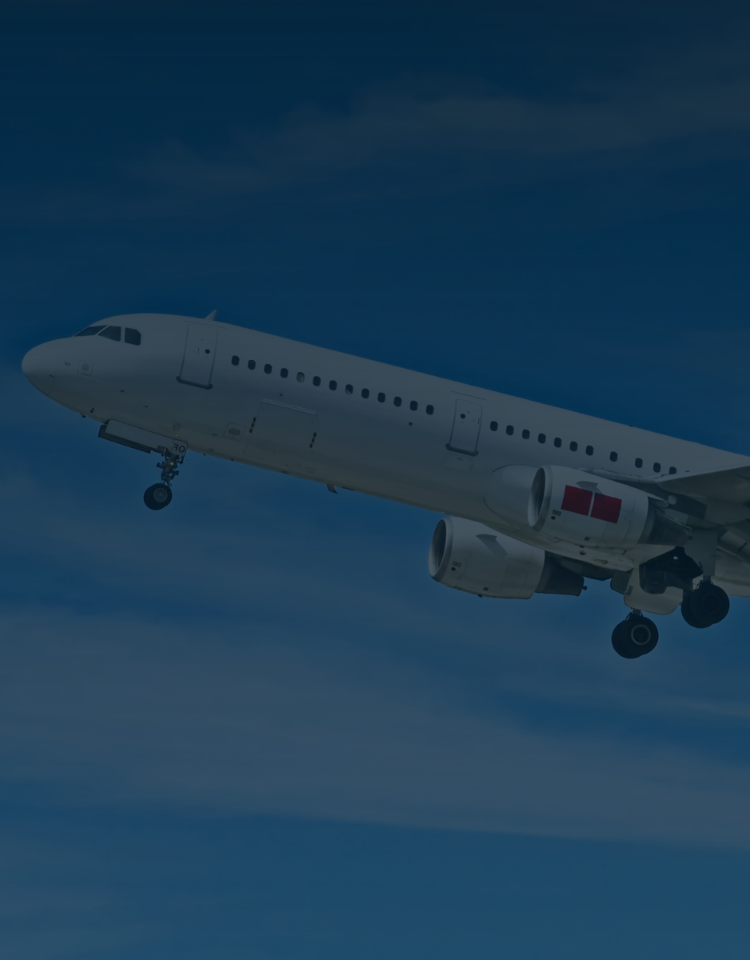By: Patrick Brown, Principal Partner, and Jamie Davison, Associate
Following the recent Delta airplane crash on the tarmac at Pearson Airport, many Ontarians may be wondering: what if that had been me? While many of us shudder at the idea of any type of airplane incident while travelling, we can rest assured that there are systems in place intended to compensate those who suffer damages or injuries as a result of negligence in aviation.
A number of people and places are involved in the successful flying of an aircraft from one location to another – in this article, we will break down the right to sue of Ontario residents injured in cross-border flights, against whom their claims can be brought, and for what damages.
Delta Crash-Landing
On Monday, February 17, 2025, a Delta Air Lines airplane was involved in a crash-landing at Pearson Airport. Following the crash landing, many people have been wondering what recourse they could have if they suffered injury during such events.
The Montreal Convention
In many ways, a claim for damages resulting from an aviation incident mirrors that of a claim arising from a motor vehicle collision. Injured parties can bring claims for damages arising from their pain and suffering, their future cost of care, the cost of housekeeping and home maintenance services, and their past and future loss of income and earning capacity. However, the often cross-border nature of air travel muddies the waters.
For starters, compensation for aviation incidents involving international flights is governed by the Convention on International Civil Aviation – the Montreal Convention. This means that a resident of Ontario can file a claim in Ontario regarding an aviation incident that occurred in another country and the articles of the convention will apply, as long as (1) the other country is a signatory of the convention and (2) the circumstances fall within one of the following criteria (pursuant to Article 33):
- The carrier is located in Ontario or Ontario is its principal place of business;
- The carrier sold the ticket in Ontario; or
- The final destination of the flight was in Ontario.
Other important articles included in the Montreal Convention are included below:
- Limitation Period (Article 34): requires the claim be brought within two years of the date of the arrival of the aircraft at the destination, or the date on which the aircraft ought to have arrived, or from the date on which the carriage stopped.
- Rules of Procedure (Article 33.4): designates the rules of procedure to be governed by the court in which the claim is brought.
- Advance payment of damages (Article 28): requires the carrier to provide advance payments in the case of death or injury to a passenger to meet the immediate economic needs resulting from the loss. *Be sure to contact a personal injury lawyer before accepting any payments to ensure that you are not being compensated in exchange for a release of liability preventing any future claims.
- No punitive damages (Article 29): prohibits the recovery of punitive, exemplary or any other non-compensatory damages.
Who is liable?
The potential causes of an aviation incident are wide-ranging. A safe and smooth flight requires the delicate interplay of machinery, weather conditions, and human judgment. Thankfully, the 2023 overall air transportation accident rate of 2.8 per 100 000 aircraft movements is among the lowest recorded by the Transportation Safety Board of Canada (“TSB”) since it began measuring accident rate by movements in 2004.
Due to these difficulties and the cross-border nature of air travel, liability as established under the Montreal Convention is laid out to simplify the process of proving negligence. Pursuant to the Montreal Convention, there are two tiers of liability:
- Strict liability (Article 21.1): for the first $227,940 CAD of damages claimed (for , the carrier of the flight (Delta for example) would be held strictly liable for proven damages caused in a plane accident resulting in injury or death on the plane or in the process of getting on/off the plane.
- Reverse onus (Article 21.2): for any damages claimed above $227,940 CAD, the burden shifts to the carrier to prove that the accident was not caused by their own negligence or was caused by another party (a third-party defense).
With all these moving parts, determining liability for an aviation incident above the strict liability limit is a complex issue.
The TSB is currently investigating the cause of the most recent crash. This involves an analysis of the flight data recorder (the black box) from the plane. Upon the completion of the investigation, a report is released describing the causes and contributing factors of the occurrence, the TSB will not assign fault or determine civil liability – even in cases where fault or liability might be inferred from the findings. They are not binding on the parties. In other words, although a finding of cause or contributing factors of the crash will be helpful information to be relied upon by an expert witness, a conclusion that the pilot, for example, caused the crash by failing to safely maneuver the wings of the plane while landing, will not amount to a finding of negligence in and of itself.
McLeish Orlando is a law firm practicing in Ontario that handles serious personal injury and wrongful deaths cases. If you have any questions feel free to reach out. Our consultations are free.





